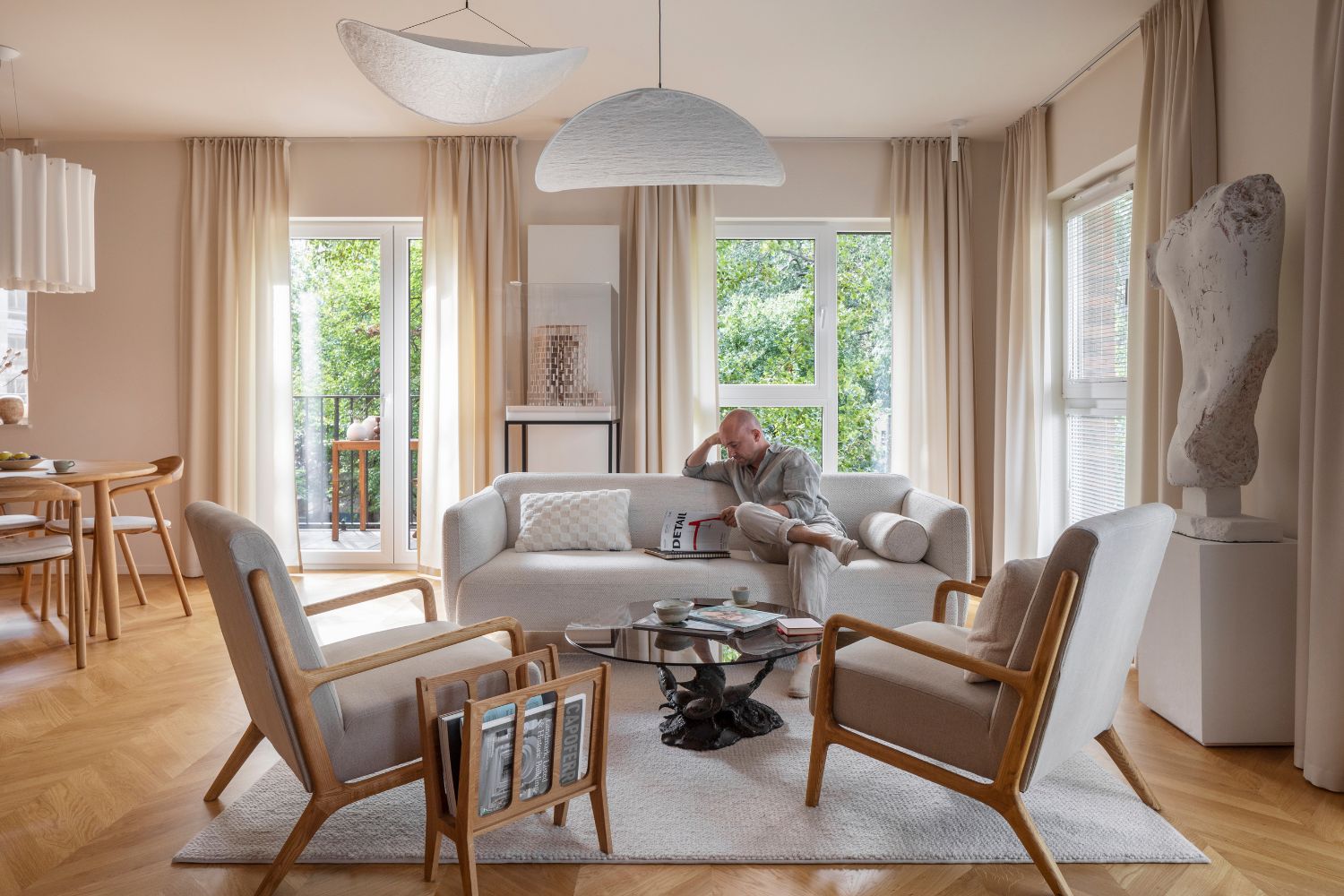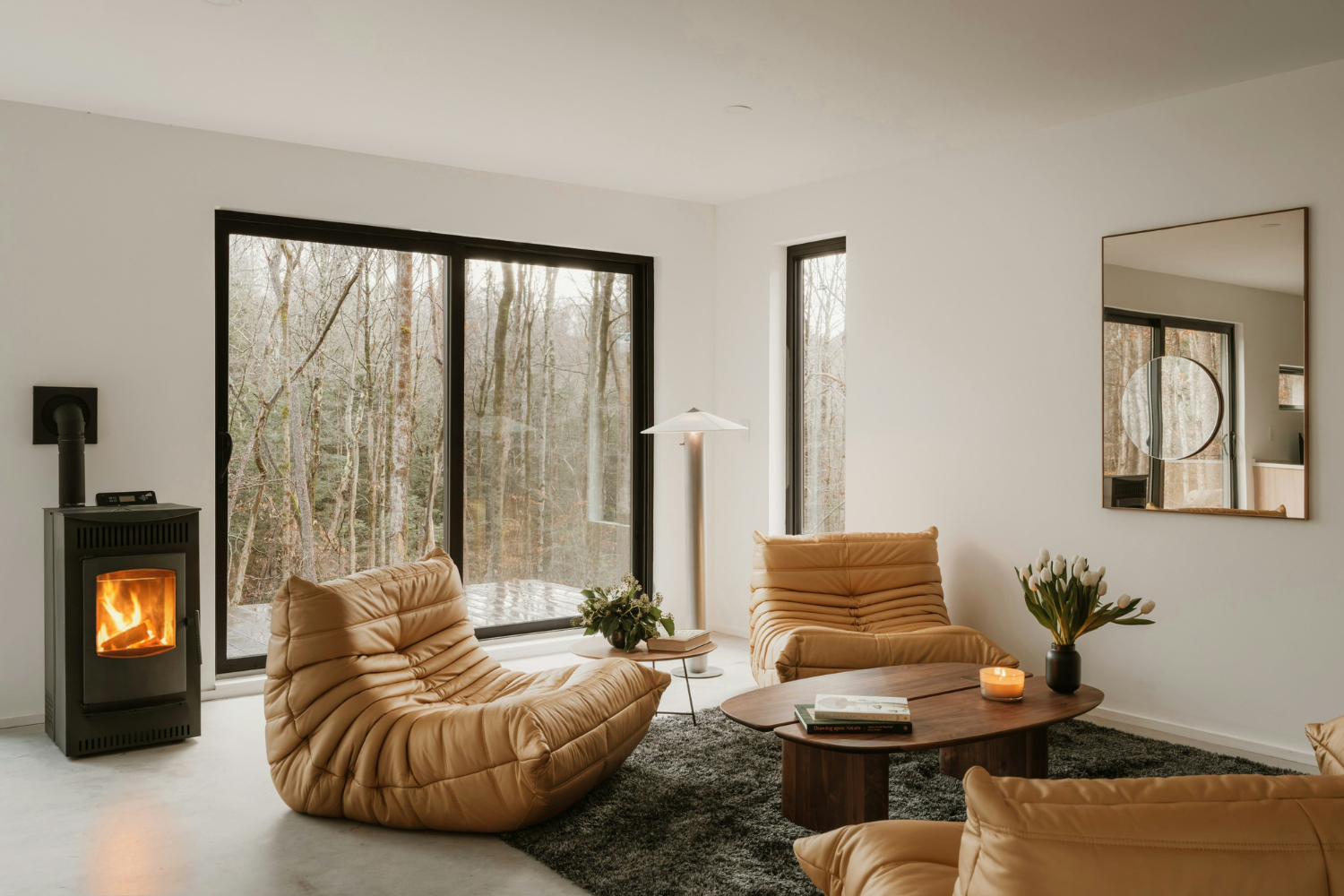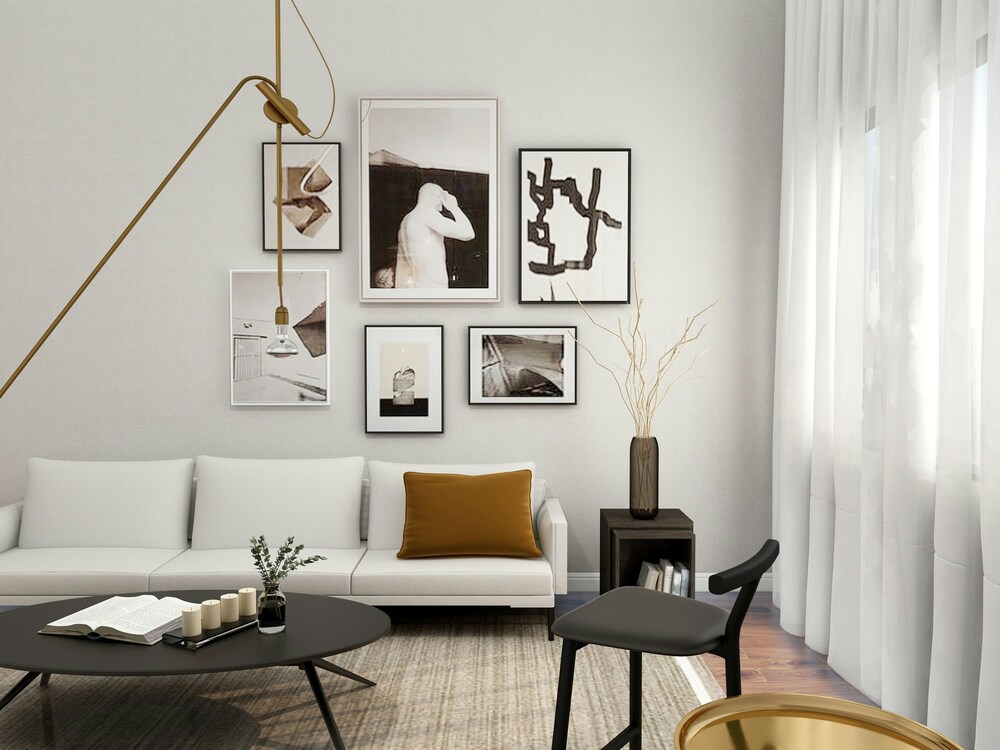- Home
- Articles
- Architectural Portfolio
- Architectral Presentation
- Inspirational Stories
- Architecture News
- Visualization
- BIM Industry
- Facade Design
- Parametric Design
- Career
- Landscape Architecture
- Construction
- Artificial Intelligence
- Sketching
- Design Softwares
- Diagrams
- Writing
- Architectural Tips
- Sustainability
- Courses
- Concept
- Technology
- History & Heritage
- Future of Architecture
- Guides & How-To
- Art & Culture
- Projects
- Interior Design
- Competitions
- Jobs
- Store
- Tools
- More
- Home
- Articles
- Architectural Portfolio
- Architectral Presentation
- Inspirational Stories
- Architecture News
- Visualization
- BIM Industry
- Facade Design
- Parametric Design
- Career
- Landscape Architecture
- Construction
- Artificial Intelligence
- Sketching
- Design Softwares
- Diagrams
- Writing
- Architectural Tips
- Sustainability
- Courses
- Concept
- Technology
- History & Heritage
- Future of Architecture
- Guides & How-To
- Art & Culture
- Projects
- Interior Design
- Competitions
- Jobs
- Store
- Tools
- More
Sober Living Homes: How Interior Design Impacts Recovery and Routine

Imagine waking up each morning in a place that feels safe, peaceful, and designed to help you stay on track with your sobriety. The walls, the light, the furniture, everything around you quietly shapes your mood, your routines, and your sense of stability. In recovery, especially when living in a sober home, your surroundings can play a bigger role than you might expect. The right space can lift your spirits, make it easier to stick to healthy habits, and give you the comfort you need to keep moving forward. Thoughtful design isn’t just about making a room look nice; it’s about creating an environment where you can heal, grow, and truly feel at home.
In this article, we’ll explore the key interior design principles that support recovery within sober living homes, how spatial organization reinforces routines, how communal spaces encourage connection, and strategies to reduce relapse triggers through thoughtful design.
Table of Contents
ToggleKey Interior Design Principles That Support Recovery
Design in sober living homes must achieve more than visual appeal; it must create healing spaces that nurture mental clarity, emotional safety, and healthy routines. Here are foundational design principles that embody therapeutic interior design:
Simplicity and Clarity
Minimalist, clutter-free spaces help ease overwhelm, which is common during recovery. When a space feels organized and visually clear, the brain experiences less stress, aiding emotional regulation.
- Minimal furnishings and decor reduce distractions and create a calm atmosphere.
- Open layouts promote natural sightlines and unobstructed flow, fostering safety and connection.
- Clear surfaces and designated storage support daily rituals and keep items from becoming chaotic triggers.
Simplicity in design acts like a “mental reset,” helping residents focus on personal healing without sensory overload.
Natural Light and Airflow
Natural elements are powerful mood enhancers that boost vitality and reduce symptoms of depression.
- Incorporate large windows, skylights, and cross-ventilation to maximize fresh air and sunlight.
- Use circadian-friendly lighting, mimicking natural light cycles, to regulate sleep patterns and energize daily routines.
- Natural light exposure is linked to reduced anxiety and better emotional resilience, which is crucial for sober living residents.
Studies show that spaces designed to optimize daylight and air quality significantly improve overall well-being and promote long-term addiction recovery success.
Color Psychology
Color influences mood and behavior, making it a critical factor in recovery spaces.
- Use soft, calming palettes such as blues, greens, and earthy neutrals to soothe the nervous system.
- Avoid bright reds, oranges, or overly vibrant colors that might provoke agitation or overstimulation.
- Colors that evoke nature induce tranquility and reduce stress, boosting emotional healing and concentration.
Color choices should be consistent throughout, creating an environment that quietly supports serenity and focus on sobriety.
Comfort and Safety
Comfort is about more than physical ease; it fosters emotional security and an inviting sense of home.
- Choose ergonomic furniture with supportive shapes and soft textures to encourage relaxation and reduce anxiety.
- Design cozy common areas with plush seating to facilitate social bonding without feeling institutional or sterile.
- Incorporate tactile elements like throws, plants, or rugs to make spaces feel welcoming and safe.
- Attention to emotional safety in design means avoiding harsh materials or cold metallic finishes.
Comfort and safety in a sober living home build trust and dignity, reinforcing stability in recovery.

Zoning and Spatial Organization to Reinforce Routine
Routine is a cornerstone of lasting sobriety. Interior layouts that subtly guide daily habits are essential for residents adapting to structured living.
Separate Zones for Key Activities
Successful sober living homes define spaces dedicated to:
- Sleep and rest in private or semi-private bedrooms that offer calm and privacy.
- Group therapy and meetings typically in roomy, well-lit communal areas.
- Personal time for reflection or journaling in quiet nooks.
- Communal social spaces, such as kitchens or outdoor patios designed for interaction.
Spatial Flow and Time Management
Design layouts to encourage natural movement through daily activities. For example, placing the kitchen near the common living area promotes socialization during meals, while separate quiet zones allow withdrawal when needed.
Balancing Privacy and Community
Design must support boundaries for personal space while fostering connection. Shared rooms can encourage accountability, but should be balanced with private retreats.
- Maintaining clear but flexible boundaries reduces stress and offers emotional safety.
- Well-designed spatial organization reminds residents of daily routines without feeling controlled.
Encouraging Community Through Communal Spaces
Sober living thrives on peer support, and design plays an active role in cultivating this community.
Design Features That Promote Connection
- Open shared kitchens and dining areas encourage bonding over meal preparation and conversation.
- Comfortable living rooms with adaptable furniture for group discussions or leisure.
- Outdoor patios and gardens offer fresh air and informal hangout spaces conducive to socializing and relaxation.
Benefits of Communal Design
These environments support peer accountability, reducing isolation and fostering empathy. When residents share personally meaningful spaces, they feel a stronger commitment to their recovery and to one another.
Reducing Relapse Triggers Through Design
Sober living environments must minimize environmental triggers that can precipitate relapse.
Avoiding Harsh or Overstimulating Elements
- Soft, circadian lighting avoids fatigue or agitation caused by fluorescent or harsh bulbs.
- Calm color schemes and orderly layouts reduce visual stress.
- Avoid chaotic or cluttered designs that overwhelm the senses.
Trauma-Informed Design
Many recovering residents have histories of trauma, so spaces must be sensitive to sensory needs.
- Incorporate soundproofing and soft acoustics to reduce noise-triggered anxiety.
- Design private areas offering refuge away from busy communal spaces.
- Use warm, natural materials that offer tactile comfort.
By reducing environmental stressors, sober living homes become emotionally safer environments that support healing at every turn.

Design Recommendations for Architects and Interior Designers
Successfully designing recovery spaces requires collaboration and insight beyond aesthetics.
Practical Design Tips
- Engage with clinicians and addiction specialists early in the design process.
- Use flexible layouts adaptable to changing resident needs.
- Prioritize natural light, ventilation, and biophilic design for well-being.
- Build in routine support zones with spaces for meditation, journaling, and group meetings.
- Select durable, easy-to-clean materials that maintain warmth and comfort.
Collaboration is Key
Integrating medical expertise ensures functional, evidence-based spaces that promote recovery routines and mental health.
Conclusion
The right sober living home interior design does more than set a mood; it actively shapes recovery journeys. Embracing simplicity, natural elements, calming colors, comfort, and thoughtful zoning creates a space where healing is tangible and routines become second nature.
By fostering community in well-designed shared spaces and minimizing triggers through trauma-aware design, sober living homes become powerful tools for change.
Whether you are managing a sober living home, designing one, or embarking on your recovery journey, remember: your environment is a partner in healing. Thoughtful design choices can transform difficulty into hope and chaos into clarity, one room at a time.
Ready to build a sober living home that nurtures recovery and routine? Start with simple design shifts, such as adjusting lighting, decluttering, or creating quiet corners, and watch your space become a sanctuary of strength and support.
FAQs
What is the relapse rate for sober living?
With supportive design and community, sober living homes can reduce relapse rates to approximately 40–60%, lower than in less structured environments.
What is the difference between a recovery residence and sober living?
Recovery residences generally provide formal clinical treatments with structured supervision, whereas sober living homes emphasize peer support, routines, and drug-free independence with less clinical oversight.
How does interior design support recovery in sober living homes?
By using calming colors, natural light, organized layouts, and sensory-friendly features, interior design helps reduce stress, build routines, and support mental health.
What are the best colors for recovery spaces?
Soft blues, muted greens, and warm neutrals are ideal as they promote calmness and emotional balance while avoiding overstimulation.
How can routine-friendly interiors be designed in sober living homes?
By creating areas dedicated to meditation, work, relaxation, and socializing, and maintaining organized spaces with clear storage and routine reminders.
How do sober living environments promote mental health through design?
Natural light, access to nature, soothing textures, and balanced communal and private spaces help create emotionally supportive environments.
illustrarch is your daily dose of architecture. Leading community designed for all lovers of illustration and #drawing.
Submit your architectural projects
Follow these steps for submission your project. Submission FormLatest Posts
BXB Studio’s Hybrid Interior: Redefining the Modern Architectural Workplace
The Warsaw headquarters of BXB Studio was established in a modest 70...
5 Must-Know Interior Design Trends in American Homes
From warm minimalism to bold oversized artwork, these five interior design trends...
How Open Kitchens Create a Sense of Space Indoors (Without Sacrificing Function)
Open kitchens: see how sightlines, lighting, and smart layouts make rooms feel...
The Revival of Chunky Fiber Crafts in Modern Interior Design
Contemporary interior architecture has shifted away from hard minimalism. After a decade...












Leave a comment